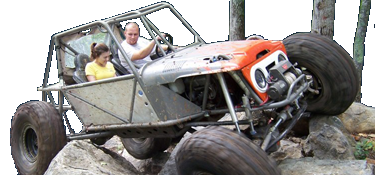greg slade
The Moderated
- Joined
- Mar 21, 2005
- Location
- timberlake
It's actually something that's done on plenty of military vehicles all over the world as well as other vehicles that see water. It doesn't affect your seals...the air goes out the vent. That's what it's for.
I believe they called it the fording option.


